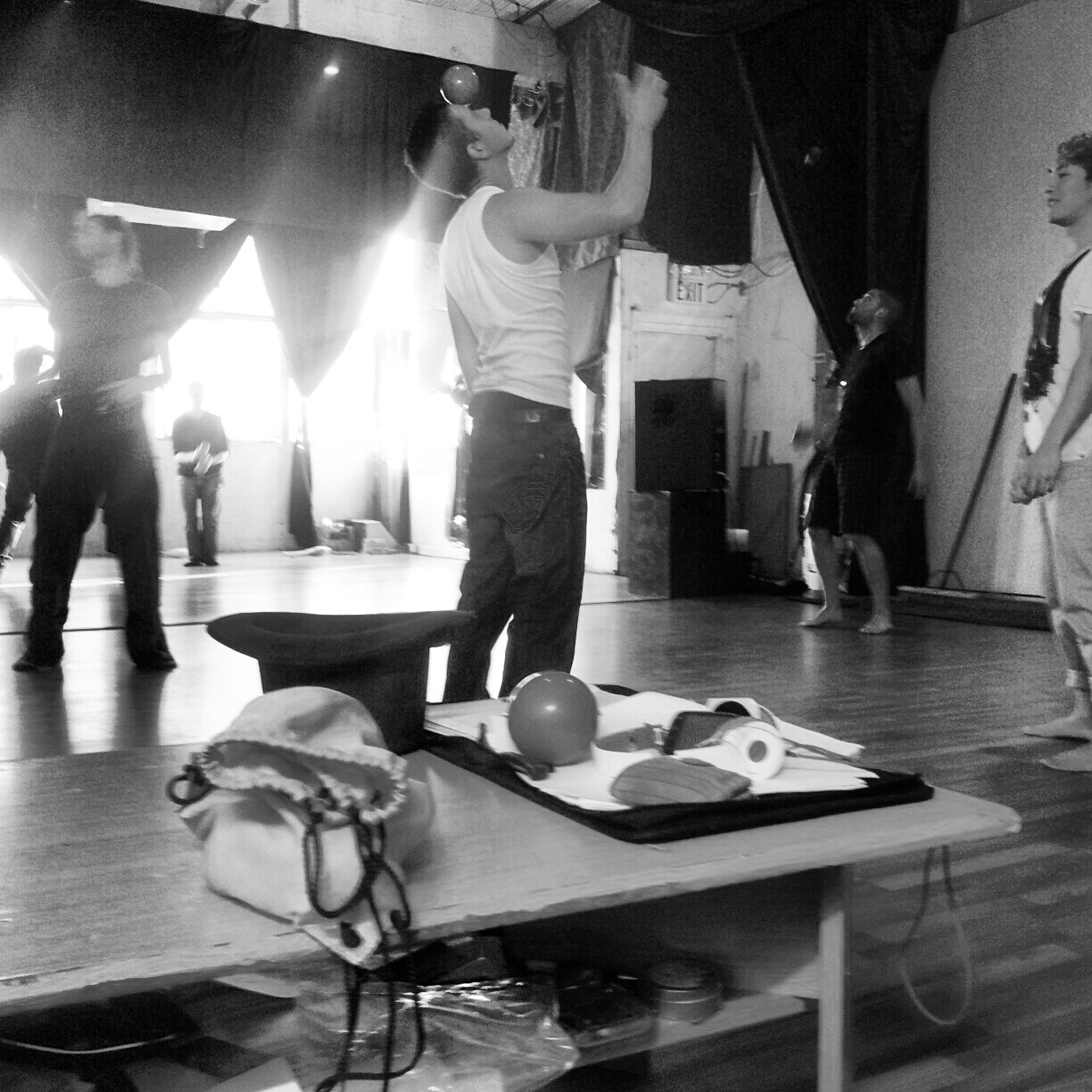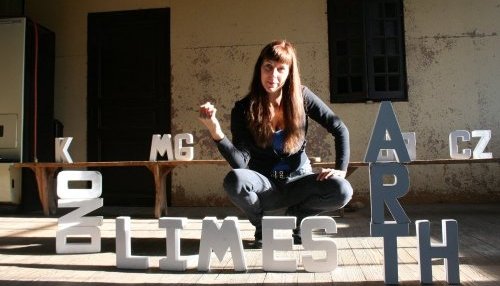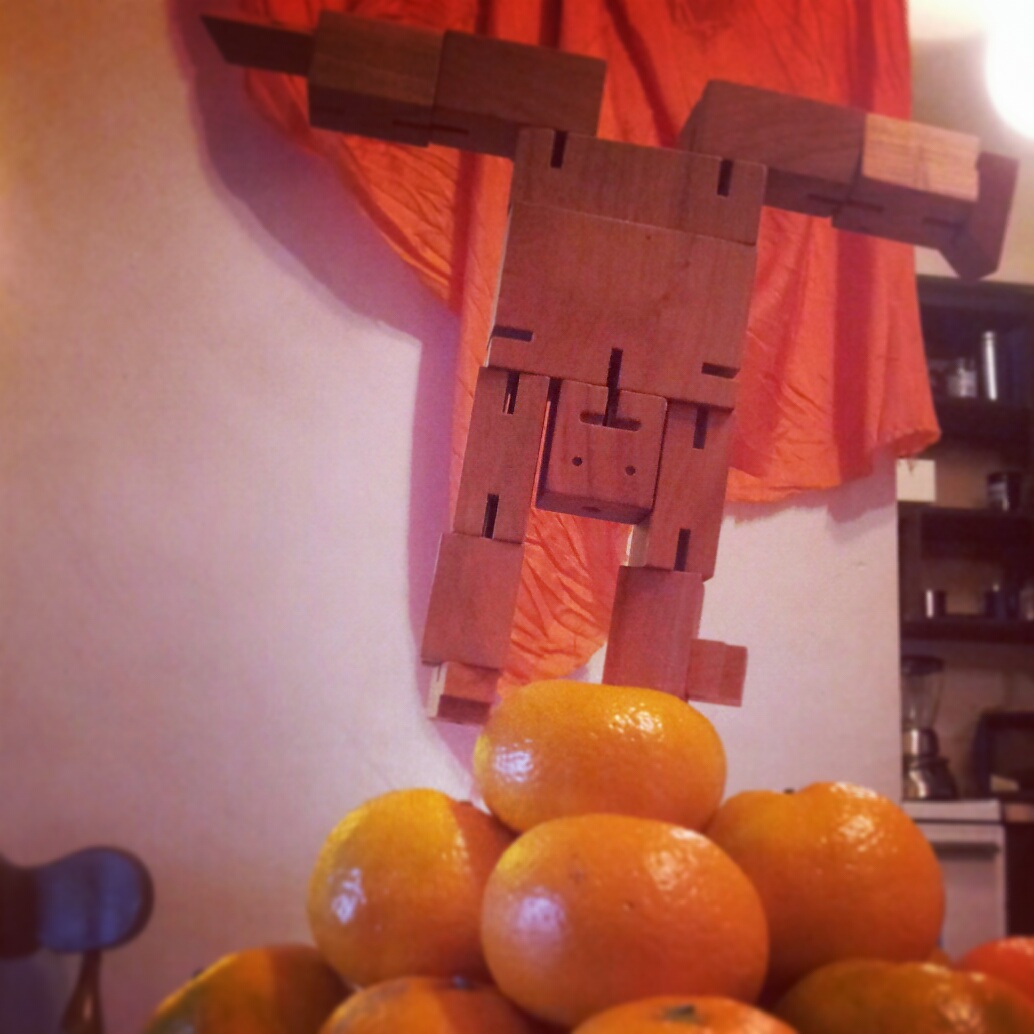One thing about juggling and Flow Arts that comes naturally out of practicing for a long time, is the desire to show someone what you have learned. It takes so much time and energy to get good at what you are doing, it’s a natural progression to want to put it on stage. But how do you get from juggling for fun with your friends to getting it on stage? Here are 10 tips on how to create an act for this summers season!
 Sideshow Studios, Vancouver, Canada
Sideshow Studios, Vancouver, Canada
Step 1: Feel your own capabilities
Do you only do 5 tricks? Great! how do you present them nicely? Why are people interested in them? What makes it fun? Practice. Understand your limits and only do what you are capable. Improv, act like a child, figure out what is fun for YOU. Sharing what is fun for you is going to be what is fun for others. Video what you like best to witness it. See if it’s worth watching. Cut the best clips out and edit together.
Step 2: Constructively Critique it.
Watch the video and write down critiques. Be honest with yourself. Is this really working? Don’t be so brutal that you lose self-esteem, but enough that you can take out the bad parts and work on what needs to be polished. Write down what you like. relish in those moments and maybe figure out if you can extend them. Write down what ideas you have that can push this idea further and what’s missing.
Step 3: Find music.
Probably the most difficult part of creating an act because it is so fundamental to the atmosphere. Start looking now. I recommend trying to find Royalty Free music if you ever want to use it on youtube you will need to buy the rights. Search “Royalty Free [swing]” for example. There are many people making great music that no one’s ever heard before. Using no music is a different story. You have to learn about how to hold your presence on stage as a solo actor. I don’t recommend doing a show without music unless you are doing something very simple with talking / comedy or you are capable of holding your presence without breaking character, and atmosphere. Going on stage and dropping your tricks in silence is humiliating and there is no music to help get you back in the flow.
 Photo from Wikipedia
Photo from Wikipedia
Step 4: Character and Storyline
The music helps write the mood of the piece, but you are laying a story on top. This is where character really comes out in the piece. Look at that and see your rough video edit to what characters are already present and use that as a base. This will give us more of a ‘vague story’. If the story is simply a progression of tricks, that is okay – but in order to invite an audience into your world, there has to be some rules to what your story is. If your thread is the progression of tricks, great! But stick to that thread, play with that thread. If you break the thread of your “theme” your story or your ideas, then you lose your audiences attention and they have to do more work to follow you. Their suspension of disbelief is important to hold onto, as this thread is what creates the tension, that rises, and inevitably, breaks. Get a costume that suits the story.
Step 5: Re-write act: Add Choreography
Floor patterning and height changes are necessary in a piece. Don’t just stand in one spot unless you have a reason to do so. Some basic rules are : closer to the audience feels bigger, more intense, more clear and direct. Up feels reaching, growing, down feels small, scared.
Our story will write what we want the feeling of the piece, then it’s easier to decide on where we want to be. Breaking it into sections with the breakdown in the beat counts with the music is useful. Example: 1 – 2 – 3 – 4 – go to the ground and roll, 5 – 6 – 7 – 8 crawl to the back of the stage. Each of these motions should meet the emotion / feeling of the plot line & the atmosphere of the music.
Step 6: Rehearse
Do this over and over and over again until it feels automatic. Bring your capabilities with your prop back and overlay it with the story you’ve created. Video tape it a few times (with some different styles) to watch it. Edit the best versions together and critique it. Is this telling the story we intend? Ask questions about if it is what you want to show. Each moment should be building tension, or releasing tension. Are our characters solid and do they continue throughout the piece? How can we change details to make things more punchy? Do we like the floor patterns and feelings and mood? Is the rhythm good with the music?
Step 7: Get An Outside Eye for Feedback
Get someone else to watch it and tell you what they think. Ask them to tell you 5 things they like and 5 things they don’t like.
Step 8: Rewrite using step 6 & 7
Take your own ideas, and the ideas from others, merge them together and rewrite the act. Take out anything that isn’t working/you’re dropping/that doesn’t follow the threads of your plot lines and atmosphere.
Step 9: Rehearse Again
Rehearse all the details of the act. breathing patterns and notice tension in your body. Figure out how to make your presence as big as possible. Correcting details like lines, dance patterns, posture, timing. Do this in costume and make up. Add lighting changes and stage directions.




Recent Comments